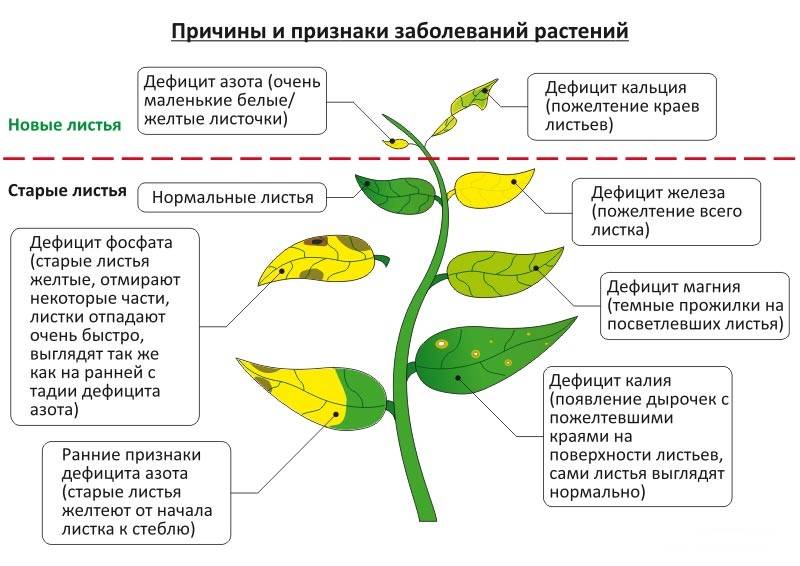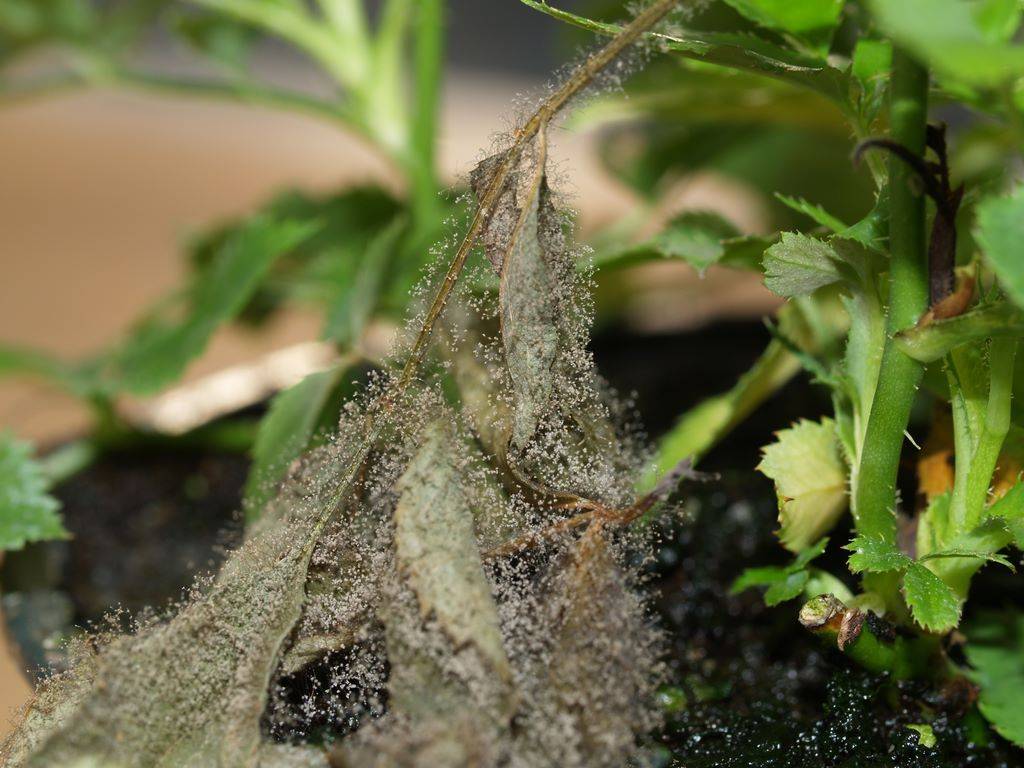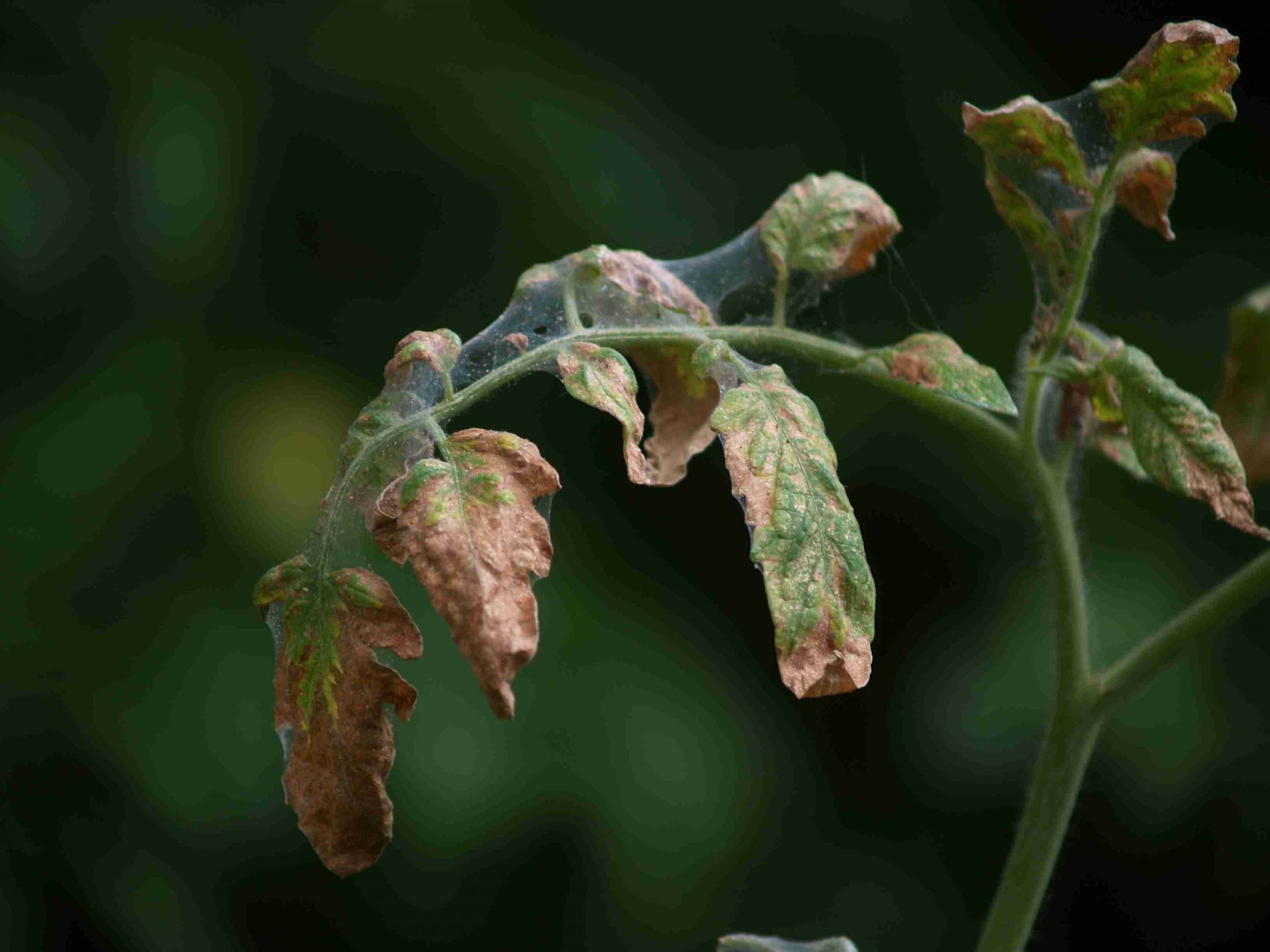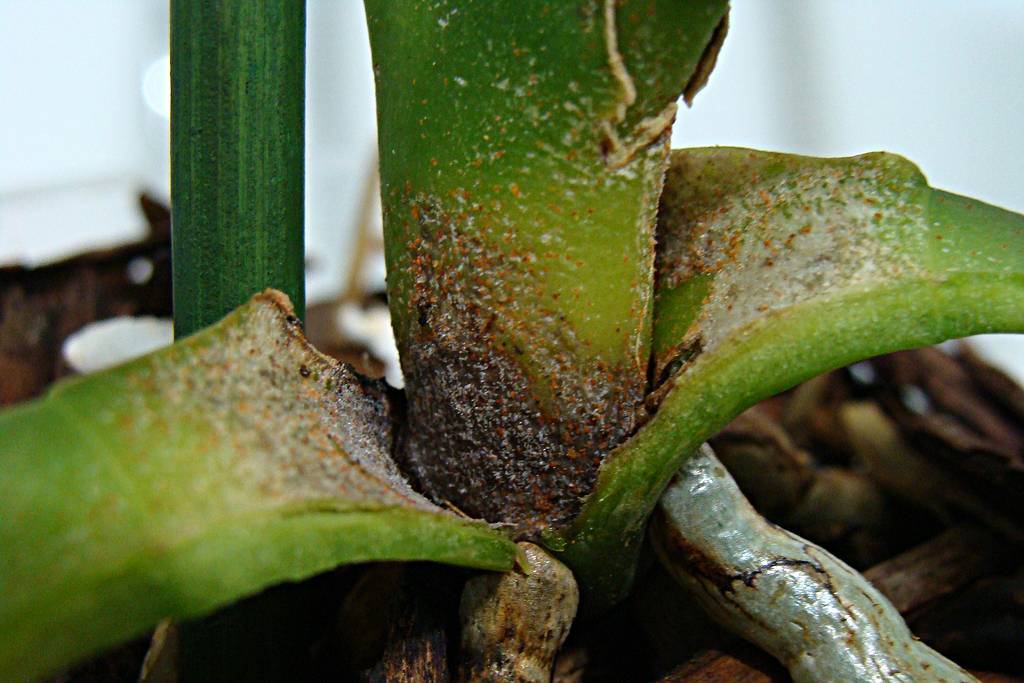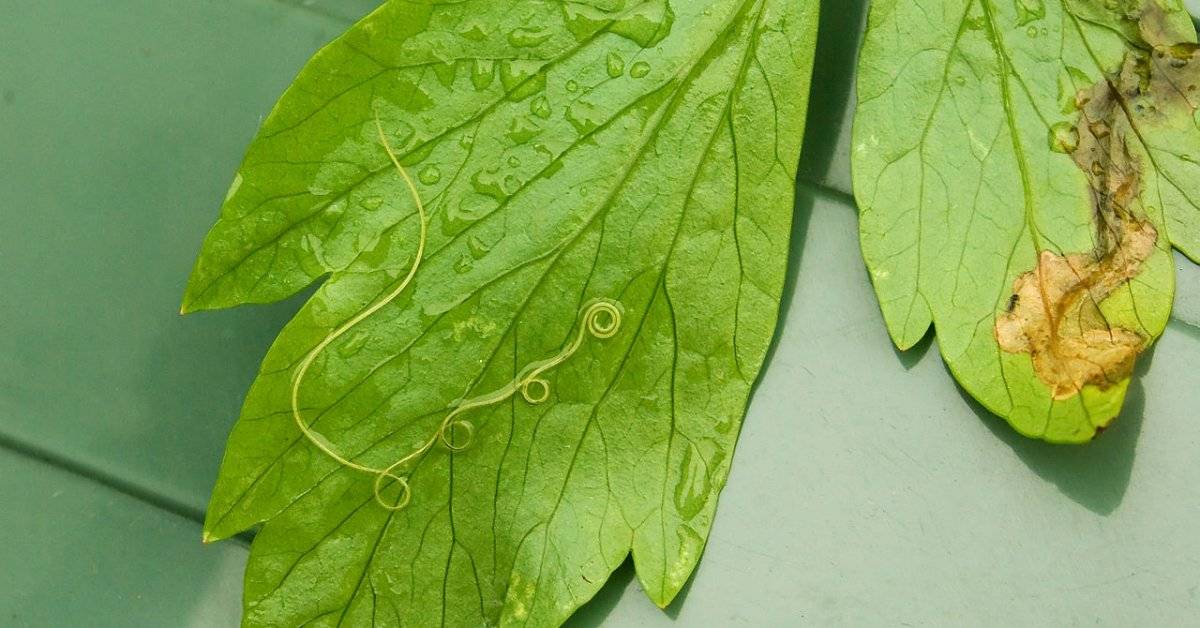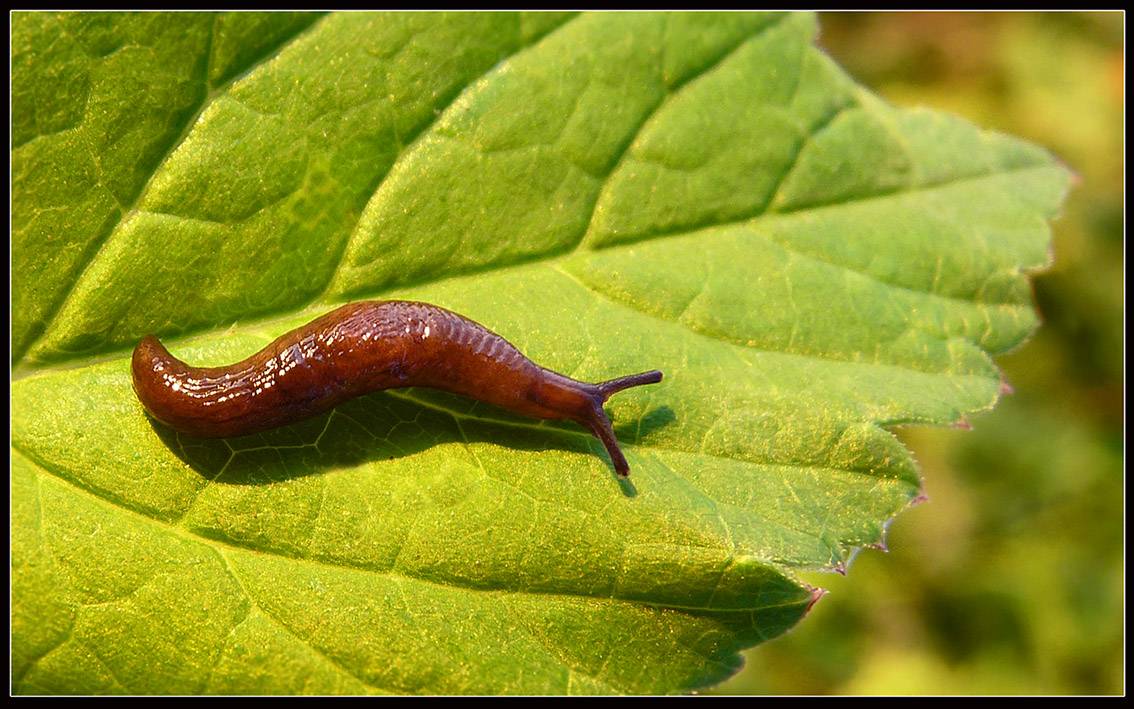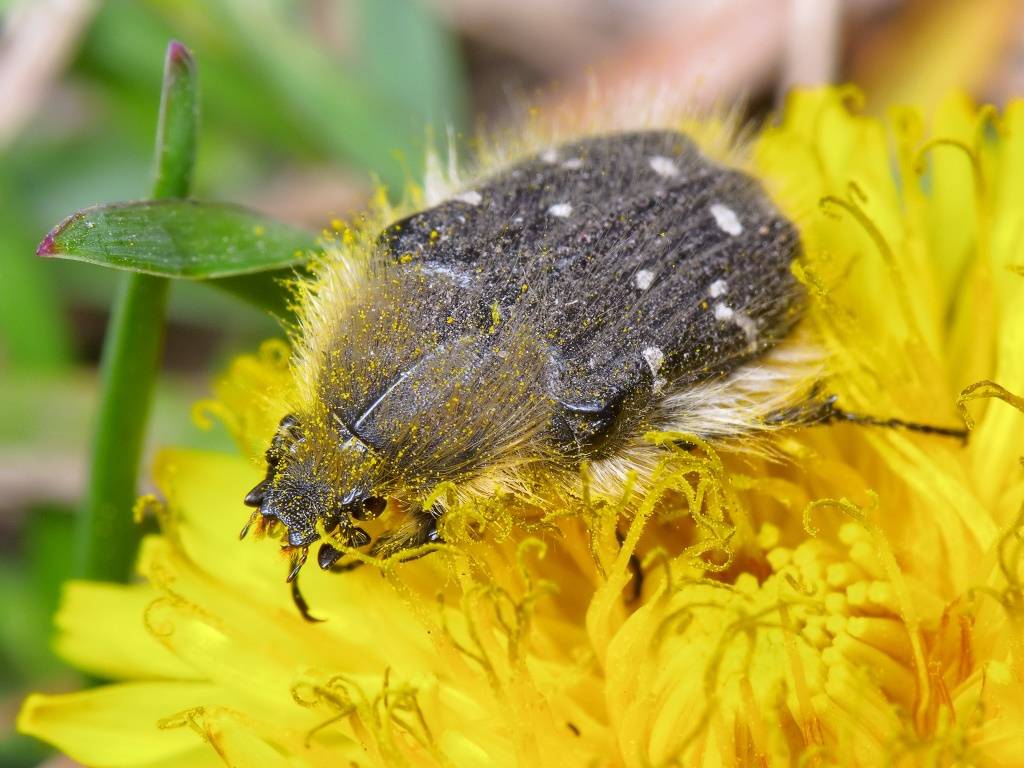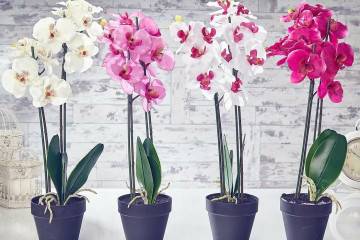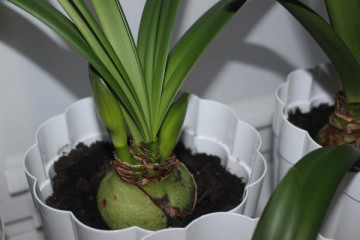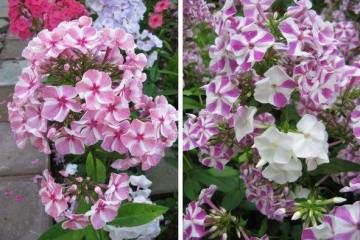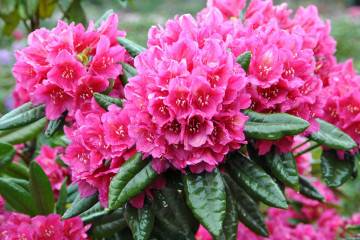Dahlia diseases - what are they, why they grow poorly and do not bloom
Content:
Dahlias are the real kings of the garden. They can be found, perhaps, in almost every local area. But in order for them to bloom for a long time, to be an ornament, to bring joy and pleasure, it is necessary to make a lot of efforts to protect the flowers from various diseases and pests, of which there are many.
What diseases of dahlias exist and how to get rid of them?
Brief description of the plant
Dahlias belong to the Astrov family. They are most often grown in garden plots, as they have good aesthetic characteristics, a long flowering period, which lasts from mid-July to October. In addition, they easily take root even on soils with low fertility, do not require careful maintenance, frequent fertilization.
But even the most beautiful buds may one day lose their beauty: the foliage begins to turn yellow, the flowering stops, the plant becomes lifeless, nondescript. Why can dahlias get sick? Below is detailed.
What causes diseases
Why dahlias grow poorly is a question that often arises among gardeners. It would seem that the care is correct, watering and feeding is timely, the flowers receive a sufficient amount of sunlight and nutrients. The reason, as a rule, is one - it is the disease of dahlias. Both perennial and annual varieties can be affected by them.
In fact, the causes of all the listed symptoms of plant diseases are:
- lack of nutritional components;
- pollution of soil and ambient air;
- excess moisture;
- lack or excess of fertilizer;
- lack or excess of sunlight.
All of these symptoms are related to non-communicable diseases. But there are also infectious diseases caused by the vital activity of various microorganisms, bacteria, fungi, viruses.
Improper care
Caring for dahlias does not require much effort from gardeners. Nevertheless, it must be performed correctly, then the plant will actively grow, bloom, decorating the garden and the surrounding area.
Dahlia care should include the following:
- watering. Water the dahlias as the earth dries up. Usually about once a week. In summer, the frequency of watering can be increased up to twice a week. Excessive moisture can cause rotting of the root system;
- top dressing. Plants need it during the breeding season. It is brought in in parts with a break of two weeks. For the first time - ammonium nitrate or infusion of bird droppings, in the second, after the appearance of the first shoots and buds - phosphates or potassium-based fertilizers;
- support.Plants must be tied up during the period of active growth and bud formation, since the stems do not have enough strength to withstand heavy flowers.
Periodically, dahlias need to be pruned, removing excess shoots. Also, once every 3-4 days, the ground around them needs to be loosened, opening up oxygen access to the root system.
Why don't dahlias bloom? Improper care can lead to the development of diseases that can be difficult to control.
Common diseases
Gardeners are often worried about the question: dahlias do not grow well, what to do. Dahlia diseases are not always caused by improper care. Most often, diseases develop due to harmful bacteria, microorganisms and fungi that can infect foliage, buds or the root system.
You can understand that a plant is struck by an infectious disease by the following signs:
- white bloom on the surface of the leaves;
- a plaque resembling rust;
- mold;
- discoloration of foliage;
- the appearance of age spots;
- the appearance of small holes.
Plants, in addition to infectious and non-infectious diseases, can suffer from pests. Who eats dahlias? Earwig, aphid, bear and many other types of insects. That is why it is necessary to treat foliage with special insecticides once a season.
Leaf spot
Why do dahlia leaves curl? Typically, this is caused by the fungus Entyloma dahlia, the main pathogen of spotted foliage. It develops due to unfavorable environmental conditions with insufficient ventilation, excess moisture.
First, small spots of a yellow or light green hue are formed on the surface of the leaves, which over time increase in size, acquire a brown, gray color.
For the purpose of prophylaxis, it is possible to carry out treatment with oxyhom and foundationol. Diseased plants already affected by mottling should be removed as treatment will not restore foliage.
Gray rot
Gray rot has another popular name - botrytis, derived from the causative fungus Botrytis cinerea. The first signs of the disease are spots of a dark, brown hue on the leaves, which gradually spread throughout the plant. The disease appears due to improper care, excessive watering.
Often, gray rot does not allow the buds to bloom, as it deprives them of strength, leads to wilting, drying out. Flowers gradually rot, and it is almost impossible to restore them. Therefore, at least once a season, it is necessary to treat dahlias with fungicides - topsin, rovral, and foundation.
Verticillous and Fusarium wilting
The causative agents of such diseases are the fungi Verticillium dahliae and Fusarium oxysporum. With these ailments, the root system is damaged. As a result, buds and foliage wither. A bloom of a pinkish hue (with fusarium) or brown (with verticillosis) appears on the leaves.
As in the previous case, the cause of the disease is improper care. Due to excessive watering, the soil surface is compacted, it does not allow air to pass through well, so the root system begins to rot.
Brown rot
Brown rot is caused by the fungus pathogen Rhizoctonia solani. Usually young, not yet matured plants are exposed to it. The disease also develops due to improper care, excessive moisture in the soil with insufficient oxygen and sunlight. As in previous cases, treatment is carried out with solutions of fungicides.
Other diseases
Another common disease is powdery mildew on dahlias. It manifests itself as a result of the joint action of several fungi: Erysiphe communis, Erysiphe cichoriarum, Erysiphe polygoni. Usually, the spread begins at the roots, gradually goes up, rises along the leaves to the buds, forming a white bloom on them.
The most effective way to get rid of powdery mildew is to treat plants with sulfur-containing preparations or fungicides.
Incurable diseases
What if dahlias don't grow? There are no definite answers, because there are a number of diseases that are almost impossible to get rid of. These include:
- mosaic virus, in which a white mosaic-like pattern appears on the leaves. Such a plant must be immediately dug up and burned so that the disease does not spread to other flowers;
- tuberous galls, in which small warts form on the root processes. The affected plant must also be burned, and the area under it must not be planted for at least one season;
- fusarium, which manifests itself in the form of spots on the leaves of brown color. The spread of the disease leads to wilting and the subsequent death of dahlias. Affected buds must be burned, and healthy flowers must be treated with a weak solution of foundationol;
- mycosis, manifested in the wilting of buds. It can be confused with improper care, because outwardly the plant looks as if it is not watered enough. Finding out the exact reason is simple: water the dahlias and, if after a day the leaves do not recover, remain the same dry and yellowed, then this is mycosis. The flower is completely dug up, burned, and the soil under it cannot be used for the next four years.
Pests
Dahlia diseases can also be caused by the vital activity of various insects.
Aphids
Aphids are rare. These pests are the main vectors of viral and fungal diseases. Due to their vital activity, the leaves become yellowed, they fold, break. The main symptom is the appearance of a sticky layer on the surface, resembling a plaque.
If aphids appeared on dahlias, how to treat the plants: with insecticides, such as decis, fitoverm or aktara.
Nematodes
Nematodes can damage leaves, buds and petioles. Insects develop slowly and signs of invasion are not easy to spot. First, light, almost colorless spots appear, which gradually gain color, become darker, more saturated. The plant loses strength as the parasite spreads.
The first sign of nematode damage is growth and development retardation. In this case, the stems become twisted, and the leaves curl. The affected plant must be burned, and nothing should be planted on the site for at least a year, since nematodes are able to winter in the ground without dying under the influence of freezing temperatures.
Plant bugs
Bedbugs live on the leaves of dahlias, blocking the flow of nutrients. As a result, the plant looks damaged, shriveled.
If you find bugs on time, you can do without removing the plant from the garden. For this, dahlias are treated with a solution of green soap.If the spread of parasites is massive, then it is better to use stronger means, for example, mospilan.
Gastropods and slugs
Gastropods and slugs appear under unfavorable conditions for dahlias: excess moisture and lack of sunlight. They literally eat the leaves, gnaw right through them.
To protect dahlias from the effects of these pests, it is recommended to sprinkle ash on the ground between the rows. The only caveat is that it will save until the first rain or watering, because under the influence of moisture, it collapses, loses its properties. Seedlings and young shoots can be protected with metaldehyde preparations.
Greenhouse whitefly
These are small butterflies up to one centimeter, which are often found in the garden. They infect young buds, lay eggs in them, preventing them from blooming. The first signs of damage are spots on the petals and leaves.
To combat the greenhouse whitefly, insecticide preparations, for example, mospilan, are used.
Deer or furry bronze
Black insects are found on dahlias. These are deer - small beetles that eat buds, stamens, pistils and petals. Usually found in summer, they lay eggs in the soil.
There are usually few beetles, so they are simply collected by hand.
Other insect pests can also be found in the garden. They can appear on neighboring plants and gradually move to flowers. This is due to the specific weather conditions in the region, for example, due to the heavy rainfall. That is why it is important to monitor the condition of flowers, to process them in a timely manner.
Dahlias have various diseases of the leaves, root system or buds. For the purpose of prevention, it is recommended to process the land and plants with solutions of low concentration once a season, stop watering abundantly, and carefully monitor the condition of the foliage. What for? This will help get rid of diseases or pests in the early stages, before the disease progresses.

